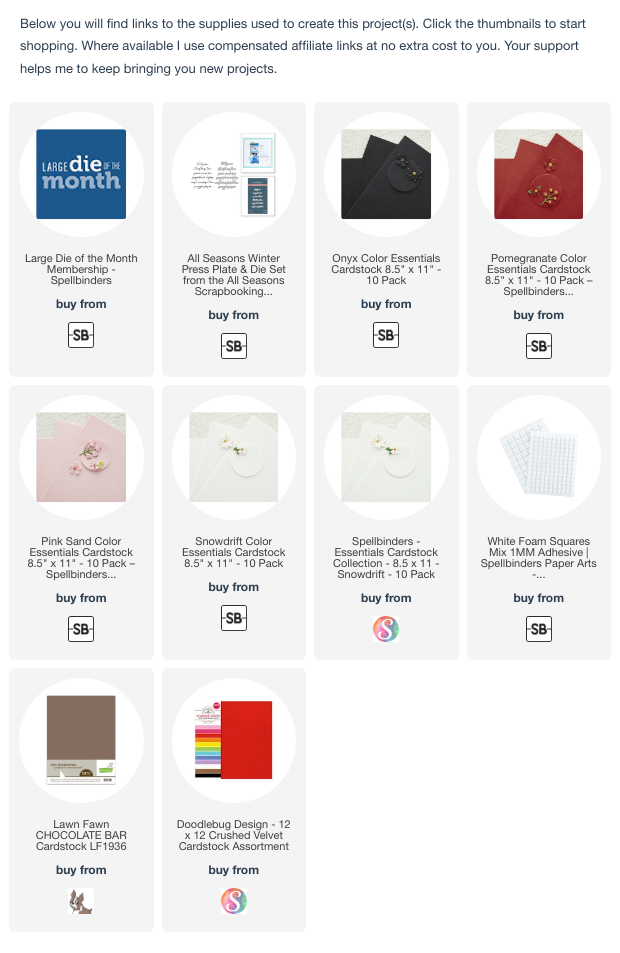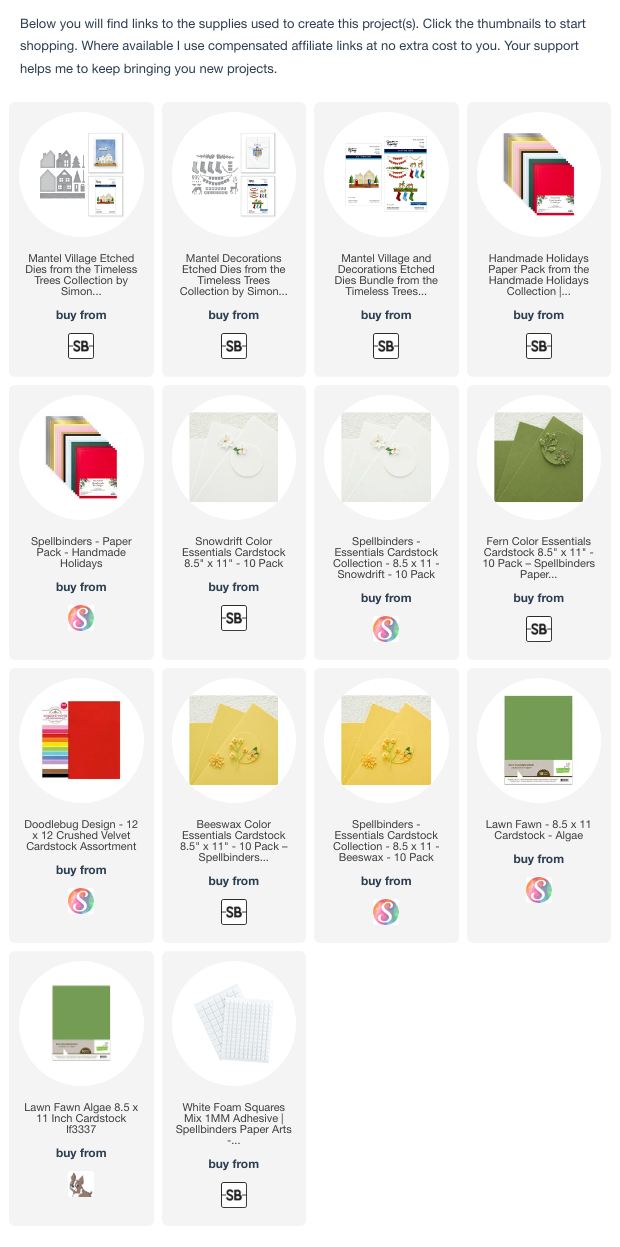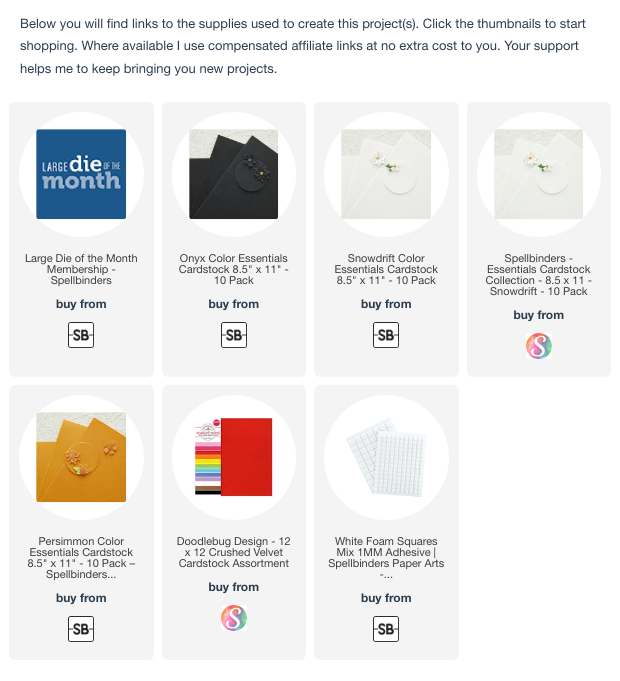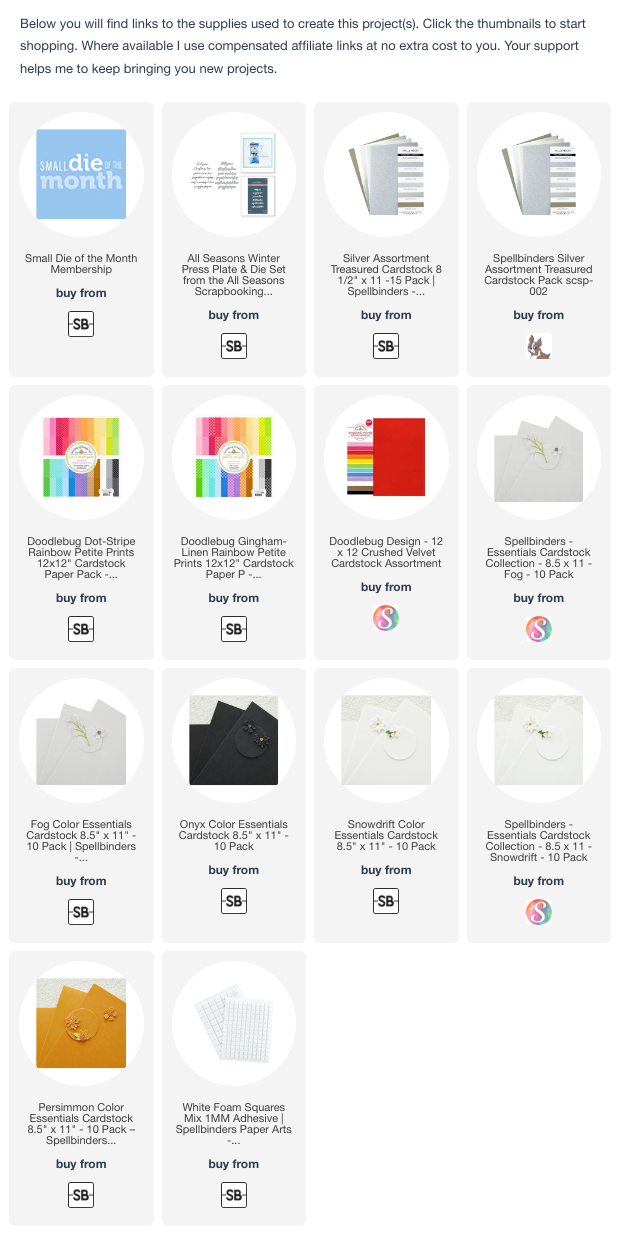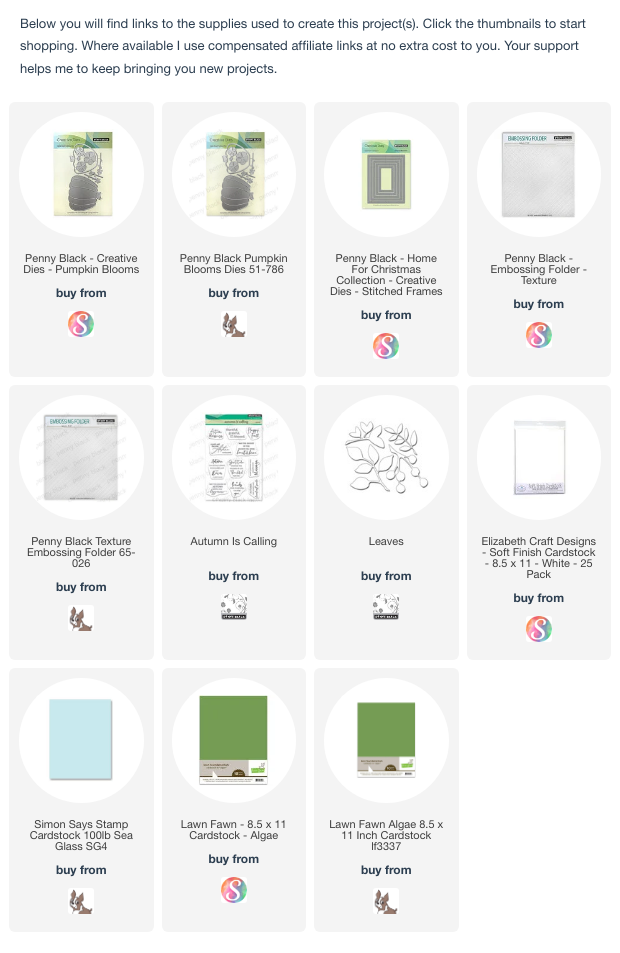Hello! I’m excited to share another cozy card using the “Cozy Toes Slippers” set – the October 2024 Large Die of the Month offering at Spellbinders. This design features charming reindeer slippers at the ends of festive PJs, paired with the sentiment “Snuggle Season.” With so many fun slipper options in this set, it’s easy to customize cards for any winter occasion. You can see my first card with this die set HERE.

-
- Cover an A-2 size card base with patterned paper.
- With the “Cozy Toes Slippers” set, cut slippers, legs, and pajamas from a variety of cardstock colors, prints, and textures. Assemble.
- Add elements to the card front with adhesive. Trim as necessary.
- Press the sentiment in brown ink on Snowdrift cardstock and cut with the coordinating die. Add to the card with foam adhesive.



